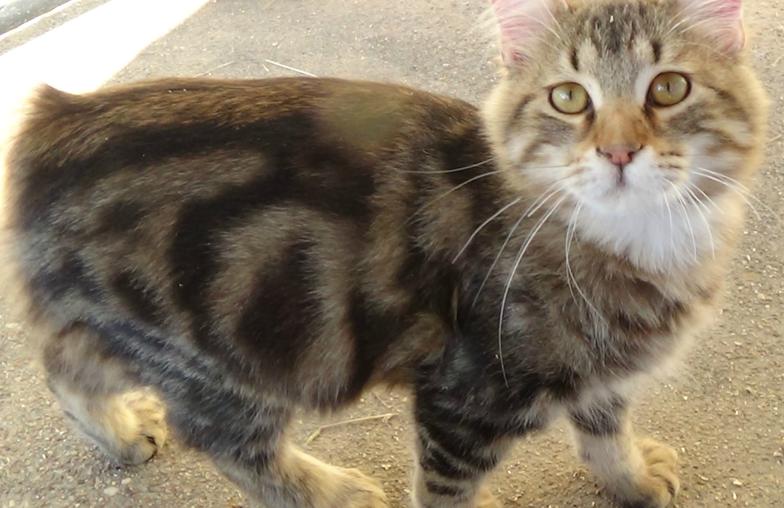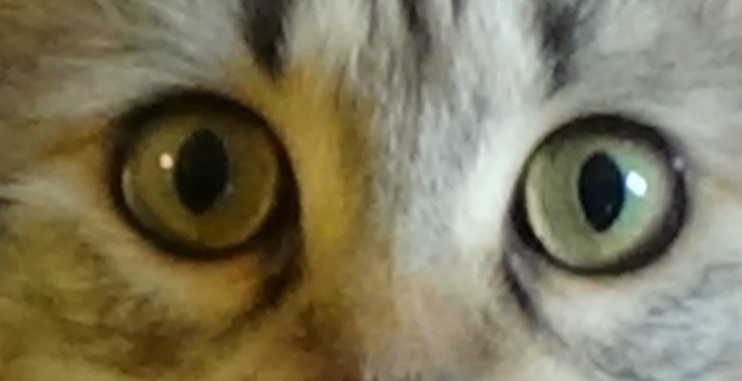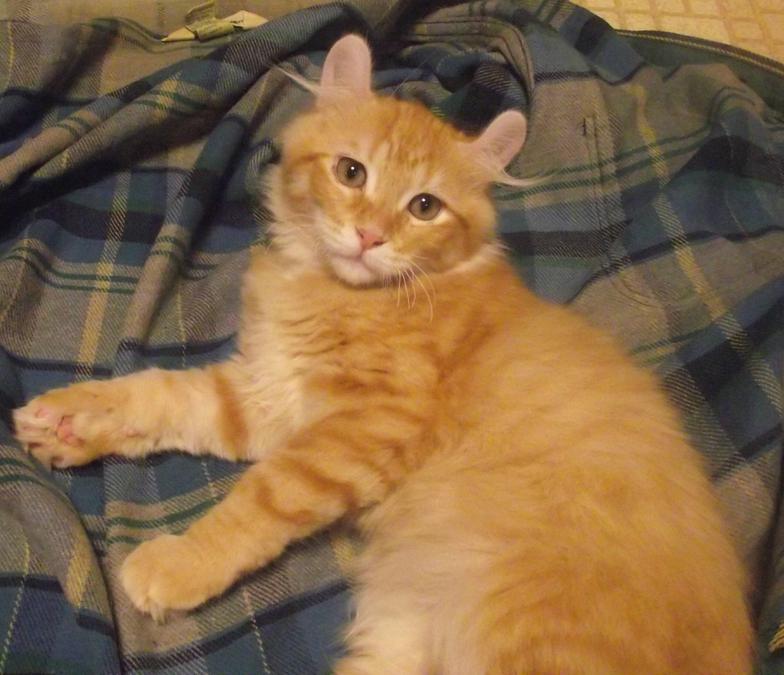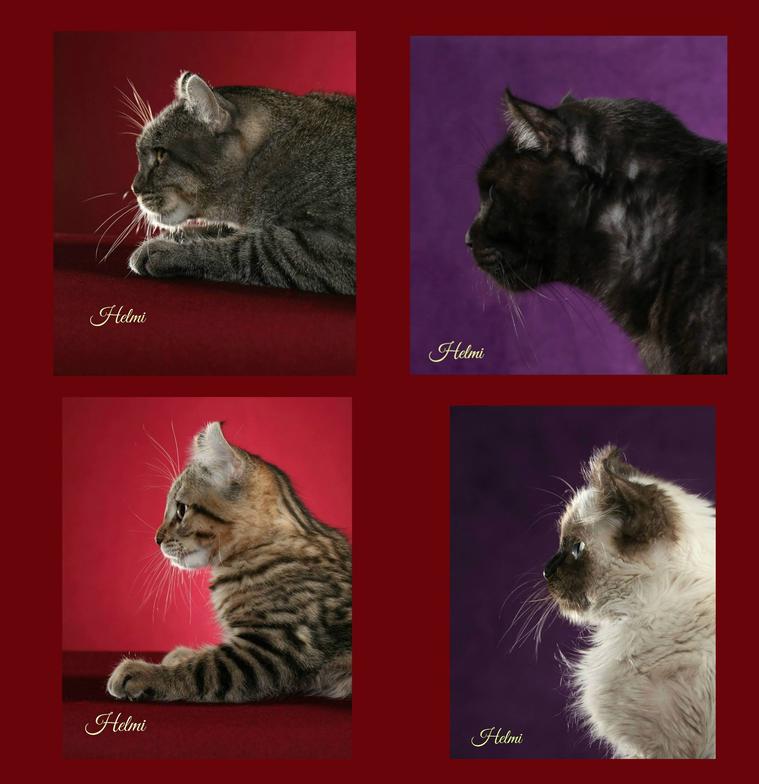StoneHaven Highlander Cattery
Highlanders are not your grandmother's kitty. They are a cross of several different breeds. The goal was to have the look of the wild cat and the temperament of the domestic. Like most crosses, they were not consistent in appearance and a uniform look is still in the making.
This new breed was named the Desert Lynx and was the prototype of the different varieties now recognized by three registries, TICA , ACFA, and REFR.
To achieve the curled ears, Jungle curls were crossed in, and the name Highland Lynx was given to this variety. In 2004, the breed was recognized as an experimental new breed by TICA, with the name changed to Highlander, and recognized by ACFA in 2022.
TICA codes show how pure the bloodline is:
A's have one parent that is unknown, unregistered or of another breed.
B's have one such grandparent and C's have a great grandparent of another kind.
The T codes are used by the foundation catteries and are equivalent to the ABC codes as follows
01T = A, 02T = B and 03T = C. The top code in both systems is SBT, which means there are at least 5 generations of pure Highlanders.
The ideal tail is between 1-4 inches, with the longer lengths often having a curl or kink in it.
Colors range from silver, black, brown, blue, red, cream, to seal, flame and lynx points, with classic(marbled), spotted and mackerel tabby patterning
Eye color ranges from green to gold and copper,
with the Seal, mink and Lynx pointed cats having blue or aqua colored eyes.
Highlanders get along with children and other pets, are affectionate and playful, and often exhibit doglike traits. We have one that
will play fetch with her favorite toy until she is almost too tired to move. They easily learn how to walk on a leash and may
enjoy playing in water. Many enjoy riding in the car, and they all want to be involved in whatever you are doing.
A few health notes, Highlanders can have an adverse reaction to Ketamine anesthesia, so be sure to tell your vet this before any surgery.
Due to the curl of the ears, Highlanders need more attention on their ears then a standard cat. Examine the ear for redness or discharge.
Apply ear cleaner(We recommend Zymox or Frisco ear cleaner -both available at Chewy.com) liberally to ear canal, massage 15-20 seconds, then wipe out loosened wax and dirt from outer part of the ear with a cotton ball or Q-tip; do not go deep into the ear canal.
Check the cats ears at least weekly, some may need cleaning more often. Normal ear wax will be a brownish color. If you get black, red, or yellow/greenish matter from your cat's ears, a vet exam is in order to check for ear mites or infection.
Cats will get used to routine ear checks and cleaning, especially if treats are involved!
Lysol and related cleaners are extremely toxic to all cats, so if your cleanser end in -Sol, or turn the water milky, make sure your cat doesn't come in contact with it (walking across a just mopped floor).
Lily pollen (all kinds) are extremely toxic to cats. If your cat comes into contact with lily pollen, call the vet immediately.
Brown spotted
Brown classic
Lynx point
Silver mackerel
Red mackerel
Examples of good head profiles
Why a Highlander?
In 2012, I started wanting to breed cats. I was thinking about the Bengal, which I considered one of the most beautiful breeds, but I didn't like some of the personality traits. I picked up a magazine on rare breeds and saw a picture of a HIghlander. After reading the accompanying article, I decided this was the kind of kitty wanted to specialize in. I started searching for breeders and finally chose my first kitten. I was originally going to name her Dancer, but after she settled in, I decided Shadow (Moonshadow) was a better name, since she followed me everywhere. After geting more cats, I found that was typical of the breed!
Mink (cs/cb)
Catster article about Highlanders
https://www.catster.com/cat-breeds/highlander









